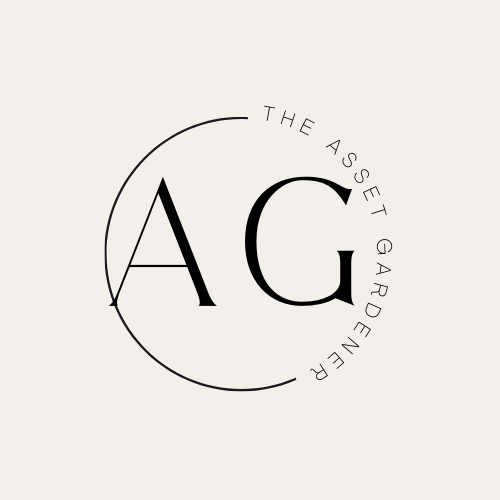
CapitaLand Integrated Commercial Trust: A New Leader in Asia's Property Market
In a remarkable turn of events, CapitaLand Integrated Commercial Trust (CICT) has overtaken Hong Kong’s Link Reit to assert its dominance as Asia's largest real estate investment trust (Reit). This milestone marks a significant achievement for Singapore's real estate sector, particularly as it occurs amidst a backdrop of fluctuating currencies and changing market sentiments.
The Currency Factor: Understanding Market Movements
A primary driver behind CICT's ascension is the strength of the Singapore dollar, which has appreciated by 5.4% against the US dollar in 2025. In contrast, the Hong Kong dollar has dipped by 0.2% against the greenback. This disparity is crucial as it impacts market capitalization. While CICT's market value surged to S$17.5 billion, Link Reit’s market cap stood at HK$103.3 billion (S$17.1 billion). This juxtaposition highlights the significant role currency valuation plays in the realm of international investment trusts.
Investor Confidence Returns: Strategies and Performance
CICT witnessed a substantial 19.2% increase in market value this year, primarily driven by investor optimism as interest rates appear to have peaked. This sentiment was further boosted by strategic initiatives from the Monetary Authority of Singapore aimed at revitalizing the country’s financial landscape, including a substantial S$5 billion investment to enhance trading liquidity. These efforts have rekindled interest in initial public offerings (IPOs) within Singapore, augmenting overall market activity.
Comparing Performance: CICT vs. Link Reit
Despite CICT claiming the title of Asia's largest Reit, Link Reit continues to showcase strong local performance, having increased its unit price by 21.8% this year. Its diversified portfolio, valued at HK$226 billion, spans retail facilities, car parks, and office spaces across various geographies, including China and the UK. Notably, Link Reit reported a 3.7% year-on-year increase in its distribution per unit (DPU) and a growing net property income (NPI), showcasing robust operational efficiency.
Future Outlook: What Lies Ahead for CICT?
Looking ahead, CICT strives to maintain its leading position amid growing competition, particularly from emerging Reits like CapitaLand Ascendas, whose units have increased by 8.9% this year, indicating a healthy appetite for property investments. As CICT continues enhancing its portfolio through strategic acquisitions and careful asset management, the future landscape of Southeast Asia's real estate could very well hinge on this evolving dynamic.
Key Takeaways for Investors
For investors and business owners, the rise of CICT emphasizes the importance of understanding the interplay between currency fluctuations and regional economic policies. By observing how political and economic initiatives can shape market dynamics, investors can make more informed decisions about where to allocate their capital. With the Singapore-dollar strength as a competitive advantage, CICT appears positioned to capitalize on future opportunities within Asia's expanding real estate market.
The landscape of real estate investment is ever-evolving. As CICT continues to influence trends in the market, staying informed with ongoing developments will be crucial for stakeholders—ensuring they can navigate these changes effectively.
 Add Row
Add Row  Add
Add 




Write A Comment